AO Edited
St. Catherine's Oratory
This lighthouse was crafted as penitence for the theft of wine bound for a monastery.
Also known as the “Pepperpot,” St Catherine’s Oratory stands at one of the highest points of the Isle of Wight. The 35-foot octagonal tower is Britain’s second oldest lighthouse after Dover’s Roman beacon, and as such, the Pepperpot has overseen much of the island’s history. Its creation, however, tells perhaps its most enlightening tale.
In 1313, a boat bearing 174 casks of wine shipwrecked off of Atherfield Ledge. A local lord, Walter de Godeton, desirous of plunderous plonk, took the opportunity to purchase the stolen cargo from criminals that had robbed the wreckage. However, de Godeton was charged by a Southampton court for the theft. He was chastised by the Church for the incident, as the shipment was communion wine bound for a local monastery.
To prevent ex-communication, de Godeton was ordered to construct, as penance, a lighthouse and an accompanying oratory. The lighthouse and oratory were completed 15 years later in 1328. De Godeton, however, died a year earlier. It was occupied by a lighthouse-keeping priest, tasked with tending the fire that shone through the tower’s eight openings. He also prayed for the protection of the sailors it guided.
Now the only surviving medieval lighthouse in all of Britain, the structure was strengthened during the 18th-century by four buttresses after it was on the verge of collapsing.
Know Before You Go
The oratory is publicly accessible via a footpath. There is also a nearby car-park. You can also reach the oratory by walking through the surrounding fields. These fields may contain livestock.

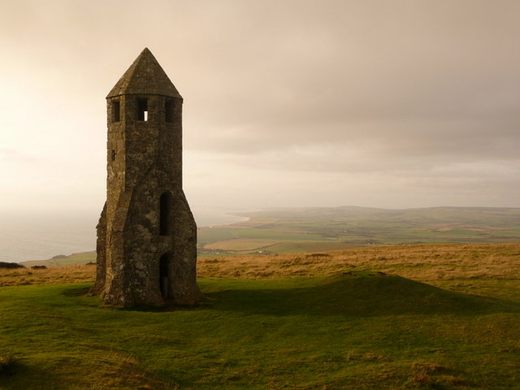
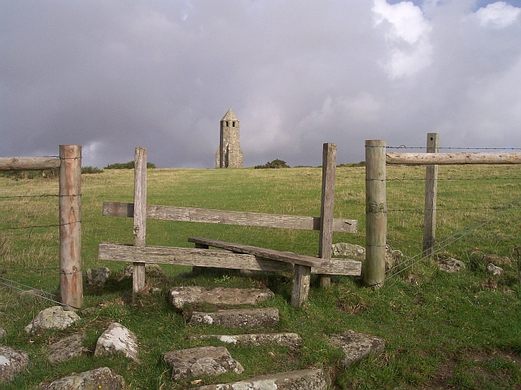
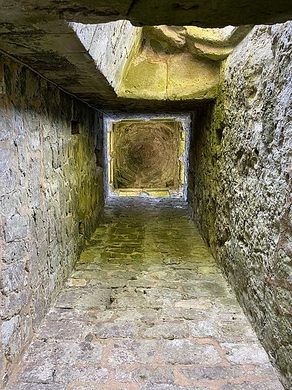
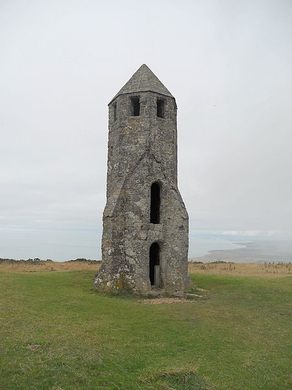












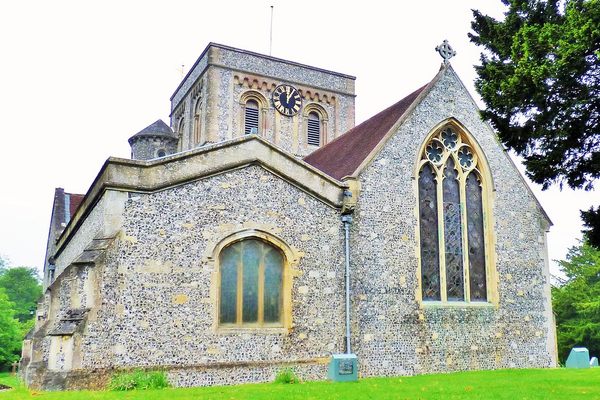

Follow us on Twitter to get the latest on the world's hidden wonders.
Like us on Facebook to get the latest on the world's hidden wonders.
Follow us on Twitter Like us on Facebook